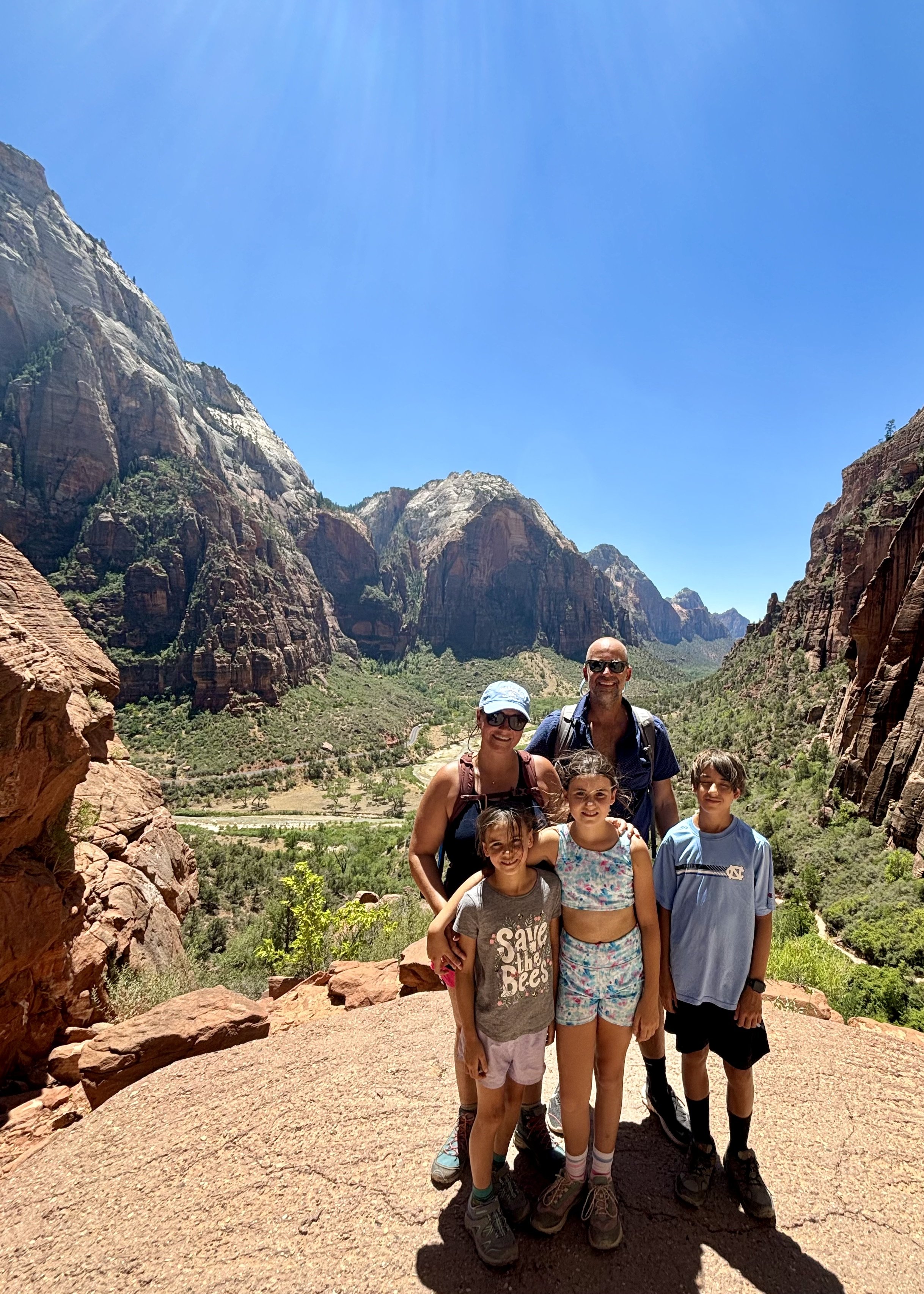Hello. I’m Eric Boggs.
I’m a dad and husband that’s also an entrepreneur / investor. I live in Durham, NC with my family. (That’s us in Zion National Park.)
My primary role is Founder/CEO at RevBoss, but I’ve always got something else cooking — most recently Rate My Soccer Club.
Outside of work, I serve on the Board of Directors at Voyager Academy (my kids’ school), captain and play goalkeeper for a middling-but-competitive over 40s mens soccer team, and moonlight as a coach and chaperone for my kids’ various sports and activities.
I used to write a lot on this site. I cleaned it up because I’d like to start writing again. I’ve definitely seen, done, and learned a lot since I last checked in here.
There are a few old posts I left up for fun — including some musical projects I made with my (then) preschool-aged kiddos.
Give me a shout if you’d like to chat.
